Want to know the truth about arch support?
Let’s settle this once and for all.
Arch support is a term being used a lot in runners community.
Try shopping for a running shoe and you will be advised to determine your foot type. Know if you have an abnormally high or low arch. See if you tend to overpronate or underpronate and choose a shoe accordingly.
People with flat feet should get motion control shoes.
People with high arch should look for more balance or cushion.
People with normal arch but moderate pronation should go for stability shoes.

Pros - Findings & arguments in favor of arch support
- Motion control shoes can help reduce pronation (even though it is a small 2% improvement)
- Feet with normal arch absorb the shock better than high arches
- Orthotic device can help high arches with shock absorption
- Othotics result in better posture and stability for clinical population. However, it made little or no difference for the healthy population.
- Vibrating insoles have shown improvement in balance and agility for athletes
- Over pronation can result in a relatively high injury rates in the leg and foot region
- Arch support reduces the load on Achilles tendon and the chances of ankle inversion or eversion
- Arch support insoles provide more balance to flat footed students
- People with pronated feet can lower injury risk to some extent by using motion control shoes
- Custom made orthotics can reduce plantar pressure and the risk of ulceration in the diabetic neuropathic foot
- Soft midsole and cushioning in shoes can reduce the need for metabolic power
- Custom insoles can help with metatarsal pain, peak pressure, and force impulse for people with a history of metatarsalgia
- Custom fitted arch support results in pain relief and improved function score for people with cavus (high arch) foot type
- Molded orthotics helped with balance and pain relief during running in people with ankle sprain
These are the main findings but don't make your mind yet. Below, we will discuss these findings in detail.
First a little bit about Arch.
Why do we have the arch in our feet?
The arch has two main functions:
- Support body weight while we are standing
- Work with other bones, ligaments, and tendons to produce a spring-like propulsion while we are walking or running
Some research also hints at a role in gripping and climbing trees.
The arch absorbs the shock and compresses when our feet hit the ground. The tendons and ligaments in the arch can store elastic energy. This energy is used in the second stage as the arch recoils and pushes us forward.
The compression and recoil save a lot of effort, much like the bounce of a rubber ball. It can save and return up to 17% of the mechanical effort. Running would have been a lot more tiring if we didn't have this spring-like mechanism in our feet.
Arch height, width, and shape differ from one person to another. Babies are born with flat feet. The arch starts to take shape during the childhood, and the shape keeps changing from childhood to adolescence.
How arch support works?
The idea of the arch support is not new. Orthotics and insoles have been in use since the nineteenth century. However, the first concept of the modern shoe inserts or arch support probably came from the podiatrist, William Mathias Scholl, who founded the Dr Scholl's brand.
These days, almost all brands have shoes which are designed to suit certain arch types or foot patterns. Stability running shoes for neutral feet, motion control for flat feet, cushioned running shoes for high arches, and the crossovers like neutral cushioned.
You can choose a shoe based on wet test but i prefer a simple dynamic approach. I watch a person walking barefoot and observe the amount of pronation occurring, tibia rotation and heel deviation. Then, i do a quick check for flexibility in the lower extremity. From these observations i choose the shoes that have the right structural parameters and heel to toe ration to meet their needs. Again, the wet test can lead you to the right shoe but is not as conclusive as a dynamic visual assessment. - Craig Norton
The users and the advocates of arch support claim that it corrects the posture and provides balance to flat footed people. For people with high arches, it offers proper alignment and stability. Runners with normal arch need arch support for injury prevention and shock absorption. People suffering from an injury or pain in lower extremity need it for pain management and recovery.

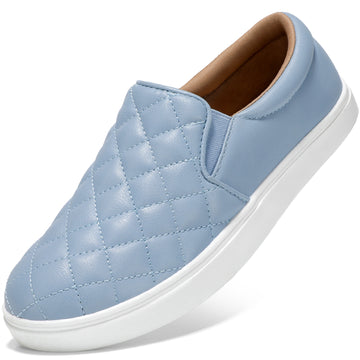
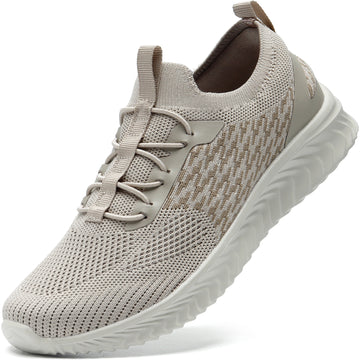
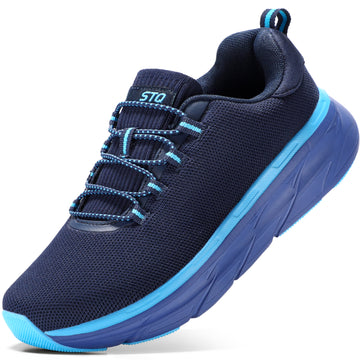
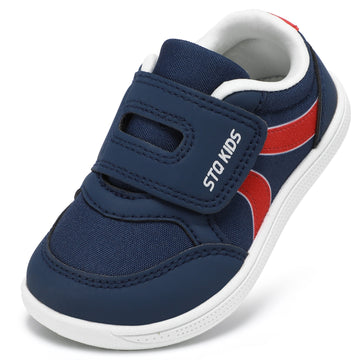
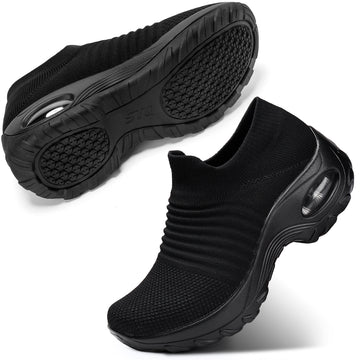
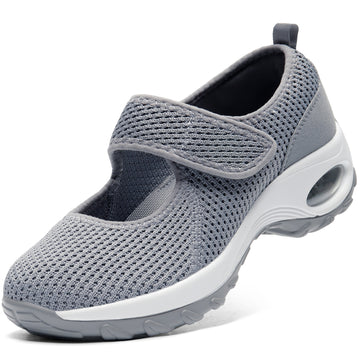
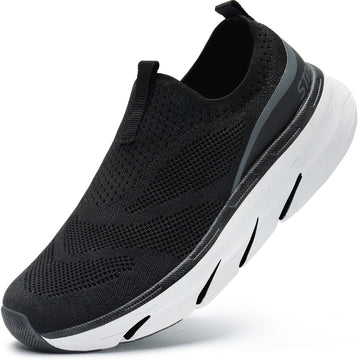
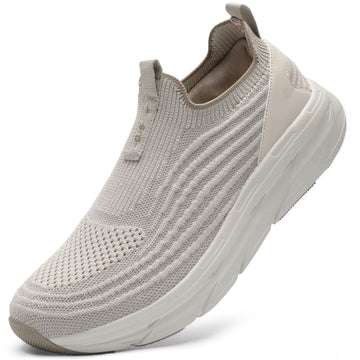
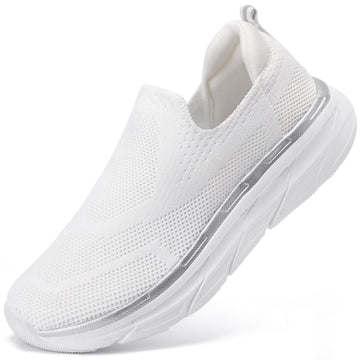
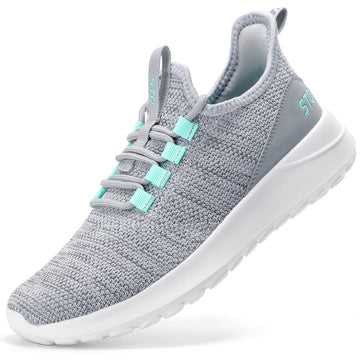
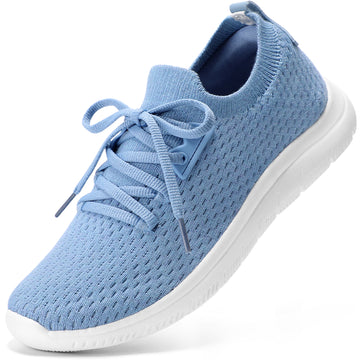
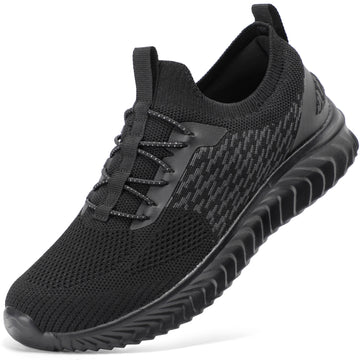


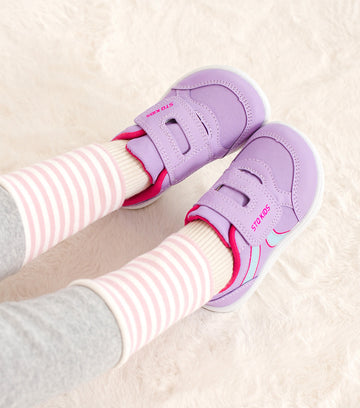
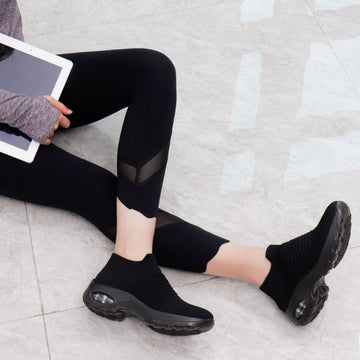

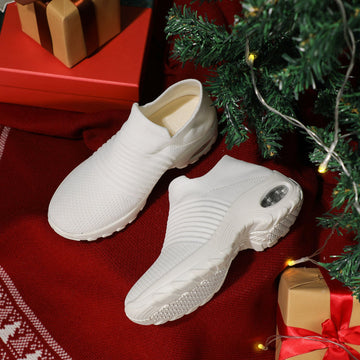
thats great